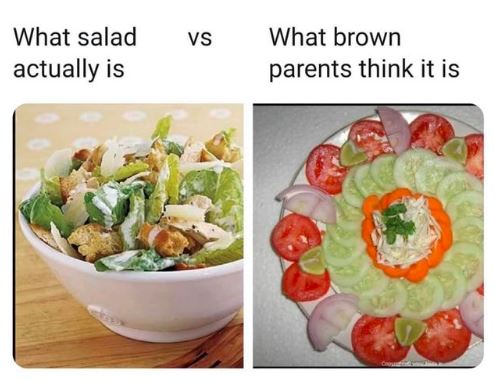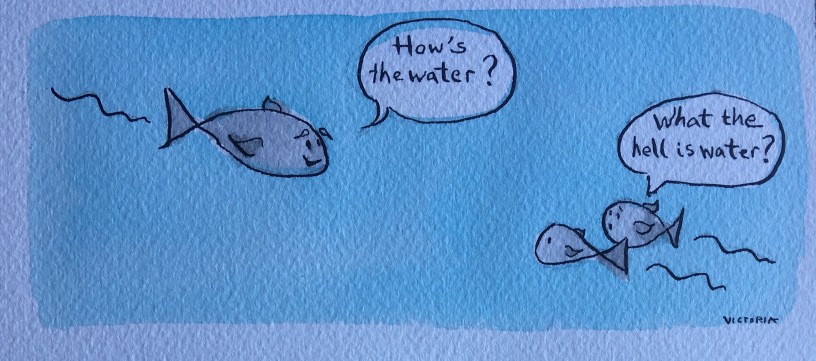I’ve been reading Ibram X Kendi’s bestseller “How to Be an Anti-racist”. I highly recommend this book for everyone, including people of color. You may think you can’t be racist if you are non-white but you would be wrong.
Internalized racism against your own ethnic group is extremely common and comes to be because of messages you receive from your own community as well as others. It can be a vicious cycle.
“Racist ideas make people of color think less of themselves, which makes them more vulnerable to racist ideas.”
-Ibram X Kendi, “How to Be an Anti-racist”
This was true for me growing up both in India and the UK. I was bombarded with subtle and not-so-subtle messages of the inferiority of everything Indian.
Some things truly are very short of ideal in Indian culture, and I am very vocal about those in other blog-posts (especially attitudes about dating!) But there are a host of cultural practices and objects that are not inferior or superior, just different. That’s the beauty of a lot of cultures in the world: different takes on cuisine, dress, weddings, funerals. And you have the freedom (if you live in a free-ish country) to pick and choose and make your own cocktail (or mocktail) of what you want to adopt into your life.
But that was not the message I used to be enveloped in in my teens and twenties, and I’ll discuss two deceptively simple examples to show how racist messaging is all around us.
Practices are deemed inferior until the dominant group endorses or adopts them
Many Indian people use some form of oil to massage their scalp. Oils are derived from coconut and tamarind are the most common. There’s an art to how much to apply and how to use it for optimal aesthetics, and it can be used as a moisturizer or more as a serum to create more shine. When I told a friend at high school that I used coconut oil for my hair, she wrinkled her nose in disgust. “That must make your hair so oily” she said disparagingly.
I went home and told my mum that henceforth I would not be using any form of oil ever.
A few months later, The Body Shop came out with a coconut oil hair product. The Body Shop’s ethos is all about searching the world for what different ethnic groups use, because there’s a lot that can be learnt from all around the world on using natural preservative-free products. The same friend who had wrinkled her nose in disgust was now going to the Body Shop just to buy this product.
So when it’s Indian it’s bad, lowly, disgusting, but when it’s been approved by a Western Corporation, now it’s good?
The dominant group sets standards, and everything is compared to those
Whoever makes the cultural standard makes the cultural hierarchy.
– Ibram X Kendi, How to Be an Anti-racist
It was frustrating to me why so little defining of cultural standards seemed to have been done by people of color. Why had people of color not been documenting things? Making processes? Defining standards? Creating content? I thought a lack of doing stuff was a major part of the problem.
Now I realize that economic power and systemic marketing of practices have more impact on cultural standard setting, than content creation. There have been writers, artists, film-makers of all colors, but the ones with the biggest bucks have dominated global cultural narratives, setting the “white norm” and positioning everything else as the deviant, lesser form of being and doing.
A very humble example is a meme I came across on an Indian Facebook group recently, posted by an Indian person:

“What salad actually is” was apparently defined by “western cultures”. Any other culture that served up cucumbers, tomatoes, onions and didn’t do it in the same way as the western method was doing it “wrong”. The graphic should say “Caesar salad” (incidentally “invented” in Mexico) and “Indian salad”. They’re both valid salads! No culture should get a monopoly on how food can be prepared or served!
You may think I am getting my knickers in a twist about salad, but I see this type of thing as a microcosm for how standards are set by one group, and then another group’s practices are judged against it. Quite honestly, I find this salad meme, created by some Indian person, racist.
Concluding thoughts
Many of us have been immersed in an environment that fears or makes fun of difference rather than celebrating it. And the difference is always judged from a baseline defined by the dominant cultural standard. Awareness of the subtle racism around us is hard. The dominant cultural narrative is what we swim in. But awareness of what is around us is the first step to being anti-racist.

Fish don’t know they’re in water (unless enlightened like the one on the left!). We don’t know that the dominant cultural standard is just one way of doing things, unless we’re enlightened.
I challenge all of us, including myself, as we get older and wiser to think more critically, to find pride in what different cultures do differently, to not just adopt the biases of the close-minded around us, to acknowledge that there are many ways of making a salad and of taking care of your hair.